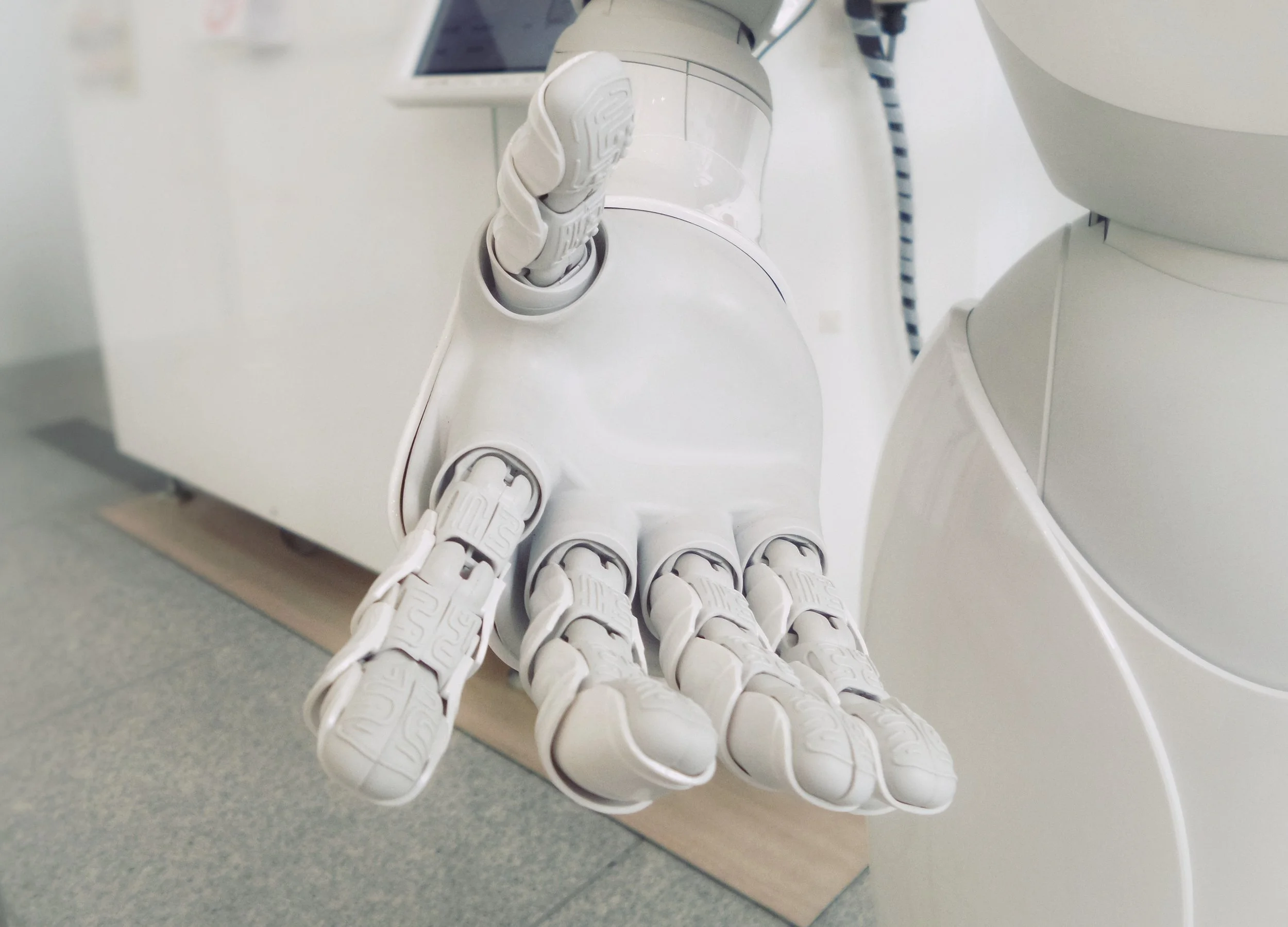The 4th Industrial Revolution is building on the Third Industrial Revolution, a digital revolution, that began the middle of the last century. The arrival of the 4th is evolving at an exponential pace and is disrupting almost every industry in every country.
Emerging technological breakthroughs in fields such as machine learning, artificial intelligence, robotics, 3-D printing, autonomous vehicles, nano and biotechnology, materials science, energy are changing entire systems of production and management.
Like the revolutions that preceded it, the 4th Industrial Revolution has the potential to raise global income levels and improve the quality of life for populations around the world.
Capitalism and Economic Growth
Capitalism is a mind-based economic system. The key characteristic of the human mind is that we are creative. Creativity, knowledge expansion and learning are at the foundation of capitalism.
Economic growth is fueled by an increase in knowledge and learning. The most widely documented phenomenon in business is the Learning Curve Theory. With every doubling in total production, there is a corresponding 20%-30% drop in cost.
Creativity and learning are at the heart of capitalism.
Humans and Machines
A real mistake is to imagine that the 4th Industrial Revolution century represents the eschaton in human productivity and employment. A fear is that technology usurps human minds, and technology itself would produce new machines that would make human employment irrelevant.
This is not possible.
Artificial intelligence, robots 3-D printers, autonomous cars are machines. They are deterministic by definition. Information in the machines is not determined by the machine: the information in them is the creation of human masters. The machine is necessarily dependent on axioms outside the box, as well as an oracle, a source of creativity: a human being.
Machines do not have judgment. They can repeat or imitate processes of judgment supplied to them by human beings. But every symbol employed in the machine is defined by a human interpreter. Computers are dependent on human input.
Impact on Labor
The 4th Industrial Revolution does have the potential to disrupt labor markets. It is true that automation will substitute, and there will be less demand for low-skill/low-pay labor.
However, demand will increase for more highly skilled workers. This helps to explain the fear that many workers feel that their incomes and those of their children will stagnate or they will lose their jobs and be rendered unemployable.
The result is a job market with a strong demand at the high and low ends, but a hollowing out of the middle-class jobs. Therefore, as innovative technologies are employed workers must retrain for new, higher-skilled, and higher-paying jobs.
The 4th Industrial Revolution represents expanded technological innovation and change. And like all change, it is disruptive. Yet, if we understand macro technology, we have nothing to fear. It is nothing more than the continued evolution of the economy from the First Industrial Revolution to the current 4th Industrial Revolution.
We live in an exciting time because these new machines, like all previous machines, will increase employment. Humans are employed because they are productive. Machines that render humans more productive render them more employable; not less employable.
All machines have the capability to make humans more employable, create more exciting and safer jobs, improved lifestyles, and a steady expansion of knowledge and wealth.

